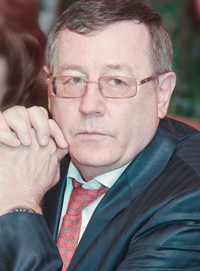Contents
Main topic
Organic vegetables are on the basis of nation health. S.A. Vodanyuk p. 2 Continue reading

Organic vegetables are on the basis of nation health. S.A. Vodanyuk p. 2 Continue reading
В Кемеровской области на долю сельского хозяйства приходится всего 3,7% валового регионального продукта, но региону удается обеспечивать себя картофелем и овощами открытого грунта и наращивать объемы производства прочей с. – х. продукции. Continue reading
 Н.Н. Клименко
Н.Н. Клименко
Представлены основные проблемы современного отечественного семеноводства овощных культур в сравнении с работой отрасли в СССР, причины и организационные методы успешного выращивания семян в промышленных масштабах в ряде зарубежных стран. Намечены пути выхода из кризиса российского семеноводства, предложен оптимальный. Даны конкретные предложения по созданию в России конкурентоспособной отрасли семеноводства отдельных овощных культур.
Ключевые слова: овощи, семеноводство, зоны семеноводства, государственная поддержка. Continue reading
Public-private partnership is the most effective way of development of the domestic seed production of vegetable crops. N.N. Klimenko P. 2 Continue reading